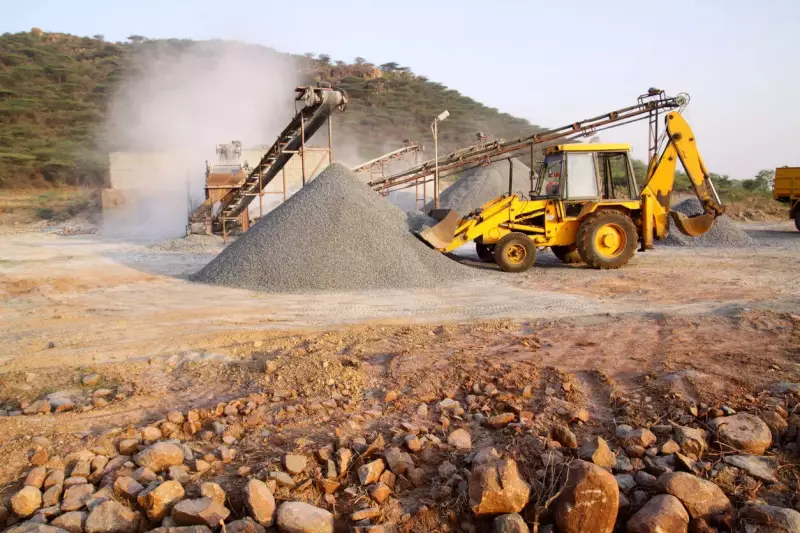
In a significant move that will reshape North Goa's development landscape, the state government has approved the creation of additional settlement zones across Bardez and Pernem talukas. This strategic decision marks a pivotal moment for urban planning and infrastructure growth in these rapidly developing regions.
What This Means for North Goa
The newly approved settlement zones will unlock substantial land parcels for residential, commercial, and infrastructure development. This expansion comes as part of the ongoing implementation of Goa's Regional Plan 2021, which aims to balance conservation with controlled urban growth.
Key Areas Affected
The settlement zone expansion will primarily impact:
- Bardez Taluka: Known for popular towns like Mapusa, Calangute, and Baga, this region will see strategic land allocation for planned development
- Pernem Taluka: Home to emerging destinations like Morjim, Ashwem, and Mandrem, this area will benefit from structured urban planning
Government's Vision for Sustainable Growth
The Town and Country Planning Board, after thorough deliberation, has given the green light to these zoning changes. This decision reflects the government's commitment to managing urban expansion while ensuring environmental considerations remain paramount.
"This move represents a balanced approach to development," explained a senior planning official. "We're creating opportunities for growth while maintaining Goa's unique character and ecological sensitivity."
Expected Outcomes
The expansion of settlement zones is projected to:
- Accommodate the growing population in North Goa
- Stimulate real estate and infrastructure development
- Create organized residential and commercial spaces
- Improve urban amenities and services
This development comes at a crucial time when North Goa is experiencing increased demand for housing and commercial spaces, driven by both tourism growth and local population needs.





